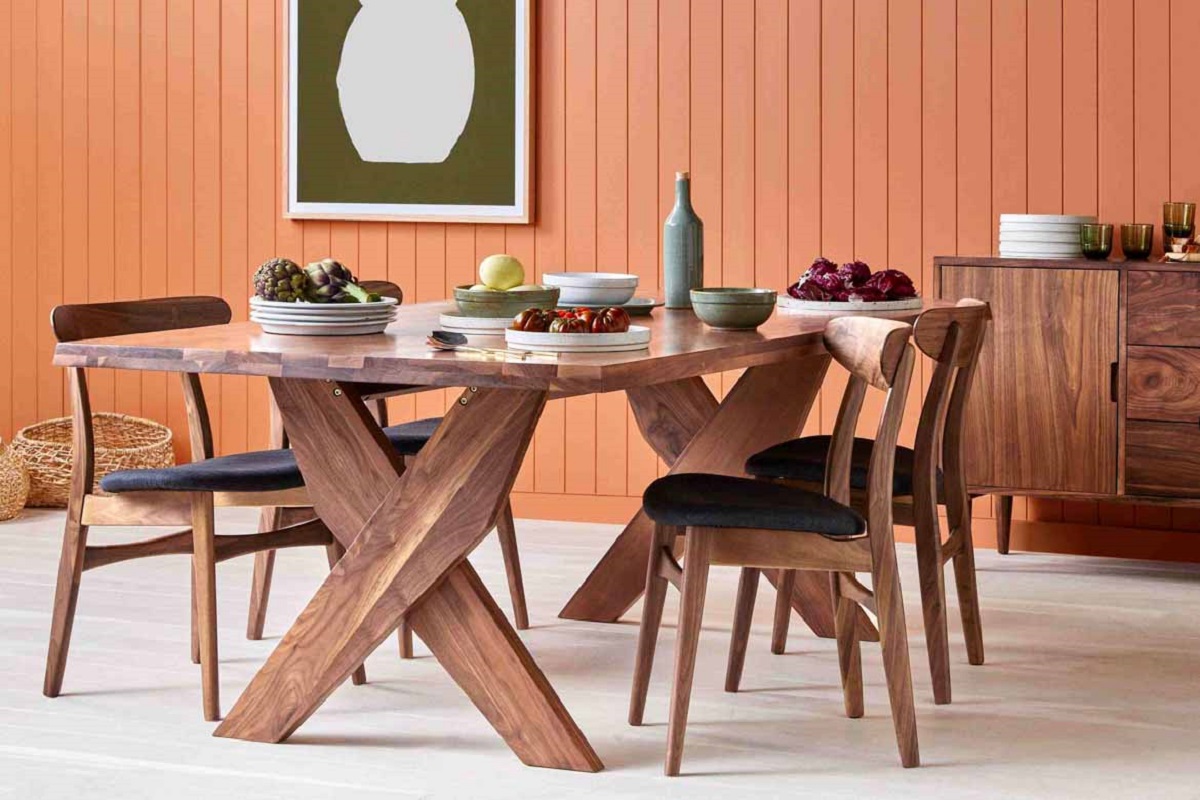

Tableware
Which Wood Is Good For Dining Table?
Modified: January 4, 2024
Discover the best wood for your dining table and elevate your tableware experience. Find the perfect combination of style, durability, and functionality.
(Many of the links in this article redirect to a specific reviewed product. Your purchase of these products through affiliate links helps to generate commission for Storables.com, at no extra cost. Learn more)
Introduction
When it comes to choosing a dining table, there are several factors to consider, including its size, style, and durability. However, one crucial factor that often gets overlooked is the type of wood used to construct the table. The choice of wood can greatly impact the aesthetics, functionality, and longevity of the dining table.
In this article, we will explore the different types of wood commonly used for dining tables and discuss their unique characteristics. By understanding the qualities of each type of wood, you can make an informed decision that suits your preferences and requirements.
While there are various types of wood available, we will focus on some of the most popular choices for dining tables: oak, walnut, cherry, maple, ash, mahogany, and teak. Each of these woods has distinctive features and strengths that make them suitable for different dining table applications.
So, if you’re ready to embark on a journey of discovering the perfect wood for your dining table, let’s delve into the world of tableware craftsmanship and explore the characteristics of these woods.
Key Takeaways:
- Oak, walnut, cherry, maple, ash, mahogany, and teak are popular wood choices for dining tables. Consider durability, maintenance, aesthetics, and budget to select the perfect wood that aligns with your style and practical needs.
- Each wood type has unique characteristics, from oak’s timeless appeal to teak’s outdoor durability. Regular maintenance and proper care will ensure your chosen wood dining table remains a cherished centerpiece in your home.
Read more: What Wood Is Best For A Dining Table
Factors to Consider
Before delving into the specific types of wood used in dining tables, it’s essential to consider some key factors that will influence your decision-making process:
- Style and Aesthetics: Your choice of wood should complement the overall style and décor of your dining room. Consider the color, grain pattern, and texture of the wood to ensure it harmonizes with the existing furniture and design elements.
- Durability: A dining table should be able to withstand daily use, spills, and frequent cleaning. Look for wood that is known for its durability and resistance to scratches, stains, and moisture.
- Maintenance: Different woods require varying levels of maintenance. Some may require regular polishing or waxing, while others are more forgiving and require minimal upkeep.
- Budget: The cost of the wood will also influence your decision. Some woods, like mahogany and teak, are generally more expensive due to their rarity and desirable properties, while others, like oak and ash, are more affordable alternatives.
- Size and Shape: Consider the size and shape of your dining area when selecting a wood type. Some woods may be more suitable for large, rectangular tables, while others may be better suited for smaller, round or square tables.
- Environmental Impact: If sustainability is important to you, consider choosing wood that is responsibly sourced or certified by organizations such as the Forest Stewardship Council (FSC).
By keeping these factors in mind, you can ensure that your chosen wood aligns with your aesthetic preferences, practical needs, and ethical considerations. Now, let’s delve into the characteristics of each wood type to help you make an informed decision and set your table with confidence and style.
Oak
Oak is one of the most popular choices for dining tables, and for good reason. It is known for its durability, strength, and timeless appeal. Oak wood comes in two main varieties: red oak and white oak.
Red oak has a warm and rich appearance, with prominent grain patterns that add character to the table. It is slightly softer than white oak, but still quite sturdy and resistant to wear and tear. Red oak is also more affordable than white oak, making it a popular choice for budget-conscious buyers.
White oak, on the other hand, has a light brown to medium brown color. It is harder and denser than red oak, offering superior durability. White oak is also more resistant to moisture, which makes it an excellent option for dining tables that are subject to spills and frequent cleaning.
Both types of oak have a distinctive grain pattern that adds a touch of elegance to the dining table. Oak furniture has the ability to blend seamlessly with various interior styles, from traditional to modern.
Furthermore, oak is relatively easy to maintain. A regular dusting and occasional polishing are usually sufficient to keep the table looking its best. The natural beauty and durability of oak make it a long-lasting investment that can be passed down through generations.
Overall, if you are looking for a sturdy and classic dining table that can withstand the rigors of everyday use, oak is an excellent choice.
Walnut
Walnut is a luxurious and elegant wood choice for dining tables. It is highly regarded for its rich, dark brown color and beautiful grain patterns. Walnut wood offers a unique combination of warmth and sophistication, making it a popular choice for those seeking a stylish and refined dining table.
One of the standout features of walnut is its natural beauty. The wood often displays a striking range of colors, including deep purples, chocolate browns, and even reddish hues. The grain patterns are typically straight with occasional swirls, creating a visually appealing texture.
Aside from its aesthetics, walnut is known for its durability. It is a dense and hard wood, resistant to scratches and dents. This makes it a suitable option for families or individuals who want a durable dining table that can handle regular use.
Walnut also has a natural resistance to warping and decay, making it a durable choice that can last for years to come. Additionally, the wood has good stability, meaning it is less prone to swelling or shrinking with changes in humidity.
Maintenance-wise, walnut is relatively straightforward. Regular dusting and occasional polishing are typically sufficient to maintain its beauty. However, it’s worth noting that walnut is more sensitive to light exposure compared to other woods. Prolonged exposure to sunlight can cause the wood to darken or develop patina over time. To prevent this, it’s recommended to keep the dining table away from direct sunlight or use protective coatings or coverings.
Overall, walnut is an excellent choice for those who appreciate the timeless beauty and durability of a dark, richly-colored dining table.
Cherry
Cherry is a popular choice for dining tables due to its warm and inviting appearance. It is known for its reddish-brown color that deepens over time, offering a natural beauty that adds character to any dining space.
One of the standout features of cherry wood is its rich and lustrous grain patterns. The wood typically showcases smooth, flowing grain lines that create an elegant and sophisticated look. This unique grain pattern, coupled with the wood’s warm color, gives cherry furniture a timeless appeal.
Cherry wood is moderately hard and durable, making it suitable for everyday use. It has good resistance to impact and wear, able to withstand scratches and dents with proper care. However, it is important to note that cherry wood is softer than other hardwoods such as oak or walnut, so it may be more prone to minor surface damage.
One of the distinctive characteristics of cherry wood is its ability to darken and develop a rich patina over time. Exposure to natural light will cause the wood to deepen in color, enhancing its beauty and adding a sense of depth to the dining table.
In terms of maintenance, cherry wood requires regular cleaning and occasional polishing. It is recommended to use protective coatings to shield the wood from spills and moisture, as cherry wood is more sensitive to liquid damage compared to other hardwoods.
Cherry wood dining tables are often sought after for their traditional and elegant aesthetics. They can lend a touch of sophistication and charm to both formal and casual dining spaces, making them a versatile choice for different interior styles.
If you are looking for a dining table with a warm and timeless appeal, cherry wood is definitely worth considering.
Look for hardwoods like oak, maple, cherry, or walnut for a durable and beautiful dining table. These woods are strong and can withstand the wear and tear of daily use.
Read more: What To Clean A Wood Dining Table With
Maple
Maple is a versatile and durable wood that is commonly used in the construction of dining tables. It is known for its light, pale color, which ranges from creamy white to light brown. The natural beauty of maple lies in its smooth and even grain patterns, which can add a touch of elegance to any dining space.
One of the standout features of maple wood is its exceptional durability. It is a hard and dense wood, making it resistant to scratches, dents, and other forms of wear and tear. This makes maple a practical choice for dining tables that will be subjected to frequent use or have children who may accidentally cause damage.
In addition to its strength, maple is highly resistant to moisture, which is a desirable quality for dining tables. It is less likely to warp or swell due to changes in humidity, ensuring the longevity and stability of the table.
Maple wood has a natural light color that can brighten up a dining space, creating an airy and welcoming atmosphere. It also has the ability to take on stains and finishes well, allowing for customization to match various interior styles and preferences.
When it comes to maintenance, maple is relatively easy to care for. Regular dusting and occasional polishing are typically sufficient to keep the table looking its best. However, it’s important to note that maple may develop a yellowish tinge over time due to exposure to sunlight. To minimize this effect, it’s advisable to use UV-protective coatings or curtains to shield the table from direct sunlight.
Overall, maple wood is an excellent choice for those seeking a durable and versatile dining table. Its natural beauty, strength, and resistance to moisture make it a reliable option for both everyday use and special occasions.
Ash
Ash is a popular choice for dining tables due to its attractive grain patterns and excellent durability. It is known for its light to medium brown color, ranging from creamy hues to darker, reddish-brown tones.
The unique grain patterns of ash wood are often admired for their bold and pronounced figure. The wood typically showcases straight and prominent lines, adding a touch of visual interest and character to the dining table. The grain patterns can vary from straight and fine to more pronounced and wavy, depending on the specific type of ash used.
Ash wood is renowned for its exceptional strength and toughness, making it highly resistant to dents and damage. It is a hardwood that can withstand the rigors of everyday use, making it an excellent choice for busy households or commercial dining spaces.
In addition to its durability, ash wood is relatively lightweight compared to other hardwoods, which can make it easier to move and rearrange the dining table if needed.
Maintenance-wise, ash wood is fairly low-maintenance. Regular dusting and occasional polishing are usually sufficient to keep the table looking its best. The wood has good resistance to moisture and is less prone to warping or bending with changes in humidity.
Ash wood is also versatile in terms of design and style. It can complement a wide range of interior styles, from traditional to modern, thanks to its neutral and versatile color palette.
Overall, ash wood is an excellent choice for those seeking a durable and visually appealing dining table. Its strength, unique grain patterns, and versatility make it a reliable option for both casual and formal dining spaces.
Mahogany
Mahogany is renowned for its beauty, durability, and rich reddish-brown color. It is a highly sought-after wood choice for dining tables, known for its timeless elegance and classic appeal.
One of the standout features of mahogany is its stunning grain patterns. The wood typically showcases straight, interlocking, or ribbon-like grain lines, adding depth and visual interest to the dining table. Mahogany also has a natural luster that enhances its luxurious appearance.
Aside from its aesthetic appeal, mahogany is prized for its exceptional durability and longevity. It is a dense and hardwood that can withstand the test of time, making it a worthwhile investment for a dining table that will be cherished for years to come.
Mahogany wood is known for its stability and resistance to warping or shrinking with changes in humidity. This makes it suitable for various environments, including those with fluctuating humidity levels.
In terms of maintenance, mahogany is relatively low-maintenance. Regular dusting and occasional polishing are usually sufficient to maintain its natural beauty. The wood also takes well to stains and finishes, allowing for customization and protection.
One important consideration with mahogany is its cost. It is generally more expensive than other types of wood due to its scarcity and desirable properties. However, the investment in mahogany is often justified by its exceptional quality and longevity.
Mahogany dining tables exude a sense of luxury and sophistication, making them a perfect centerpiece for formal dining rooms or elegant interiors. They can add a touch of timeless beauty and elevate the overall aesthetic of any space.
If you are looking for a dining table that combines exquisite craftsmanship, durability, and a warm, rich color, mahogany is an excellent choice.
Teak
Teak is renowned for its exceptional durability, natural beauty, and resistance to the elements, making it a popular choice for outdoor dining tables. This tropical hardwood is known for its golden-brown color, which weathers gracefully over time to a silvery-gray patina.
One of the standout features of teak is its high natural oil content, which provides natural protection against moisture, insect infestation, and rot. This inherent resistance to water damage makes teak an ideal choice for outdoor dining tables that will be exposed to the elements.
In addition to its durability, teak wood is also highly stable and resistant to warping or cracking, even in extreme weather conditions. It has natural oils that help to maintain its shape and structural integrity over time.
Teak wood is characterized by its tight grain patterns, which lend a unique and attractive texture to the dining table. The grain patterns may vary from straight to wavy, adding visual interest and sophistication to the overall design.
When it comes to maintenance, teak wood requires minimal effort. Regular cleaning with mild soap and water is usually sufficient to keep it looking its best. The natural oils in the wood help to resist stains and prevent the growth of mold or mildew.
Teak dining tables have a timeless appeal and can complement a variety of outdoor settings. Whether you have a modern, contemporary patio or a traditional garden, teak furniture can blend seamlessly with any style.
It’s worth noting that teak wood is generally more expensive compared to other types of wood due to its high demand and limited availability. However, the investment in teak is often justified by its exceptional durability and longevity.
Overall, if you are in search of a dining table that can withstand the elements and maintain its natural beauty over time, teak is an excellent choice.
Read more: Which Shape Dining Table Is Best
Conclusion
Choosing the right wood for your dining table is a crucial decision that can greatly impact the overall aesthetics, durability, and functionality of the piece. Each type of wood has its own unique characteristics, and understanding these traits can help you make an informed decision that aligns with your preferences and needs.
From classic options like oak and walnut to the elegant beauty of cherry and mahogany, each wood brings its own charm and appeal to the dining table. Maple offers versatility and durability, while ash provides strength and unique grain patterns. Meanwhile, teak stands out for its exceptional outdoor performance.
When selecting a wood, factors such as style, durability, maintenance, budget, and environmental impact should all be taken into consideration. It’s important to find a balance between aesthetics and practicality, ensuring that your chosen wood can withstand the demands of your lifestyle.
Remember that regular cleaning and maintenance will help extend the lifespan of your dining table, regardless of the type of wood you choose. By following proper care instructions and treating your table with love and respect, you can enjoy its beauty and longevity for years to come.
Ultimately, the perfect wood for your dining table will depend on your personal preferences, budget, and the unique characteristics you value most. Whether you opt for the classic elegance of oak or the natural beauty of teak, selecting the right wood will ensure that your dining table becomes a cherished centerpiece in your home.
So, take your time, explore the different options, and select the wood that resonates with your style and functional needs. With the right wood, your dining table will not only serve as a functional piece of furniture but also as a statement of craftsmanship and timeless beauty.
Frequently Asked Questions about Which Wood Is Good For Dining Table?
Was this page helpful?
At Storables.com, we guarantee accurate and reliable information. Our content, validated by Expert Board Contributors, is crafted following stringent Editorial Policies. We're committed to providing you with well-researched, expert-backed insights for all your informational needs.
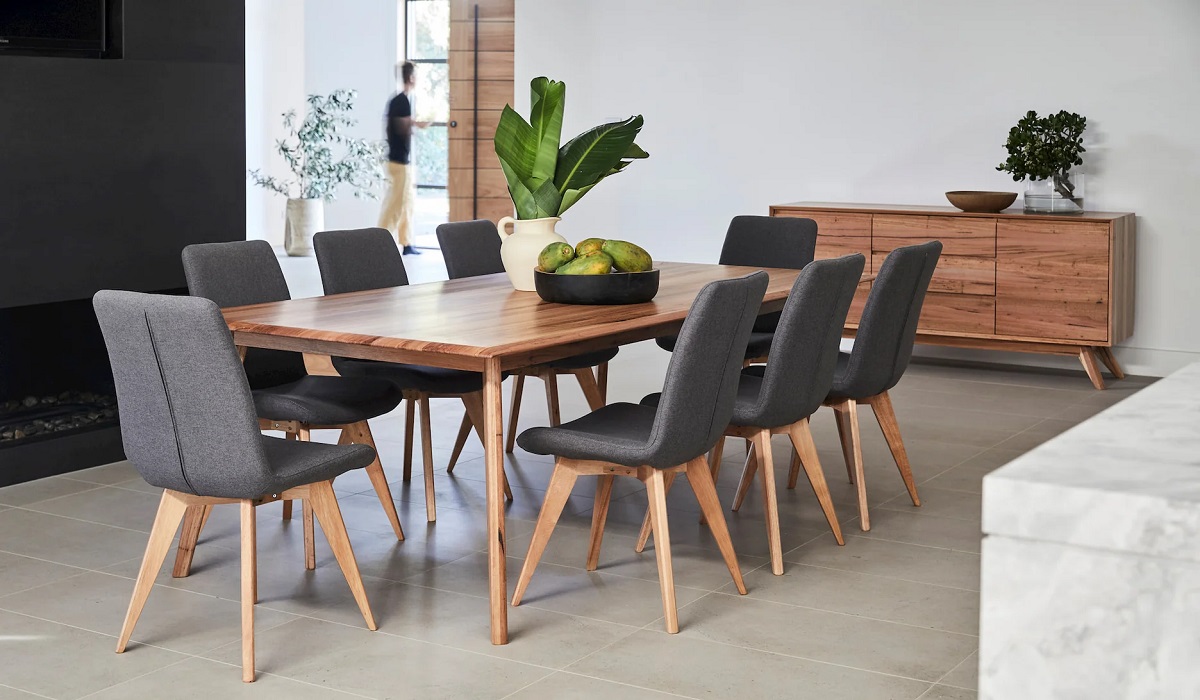
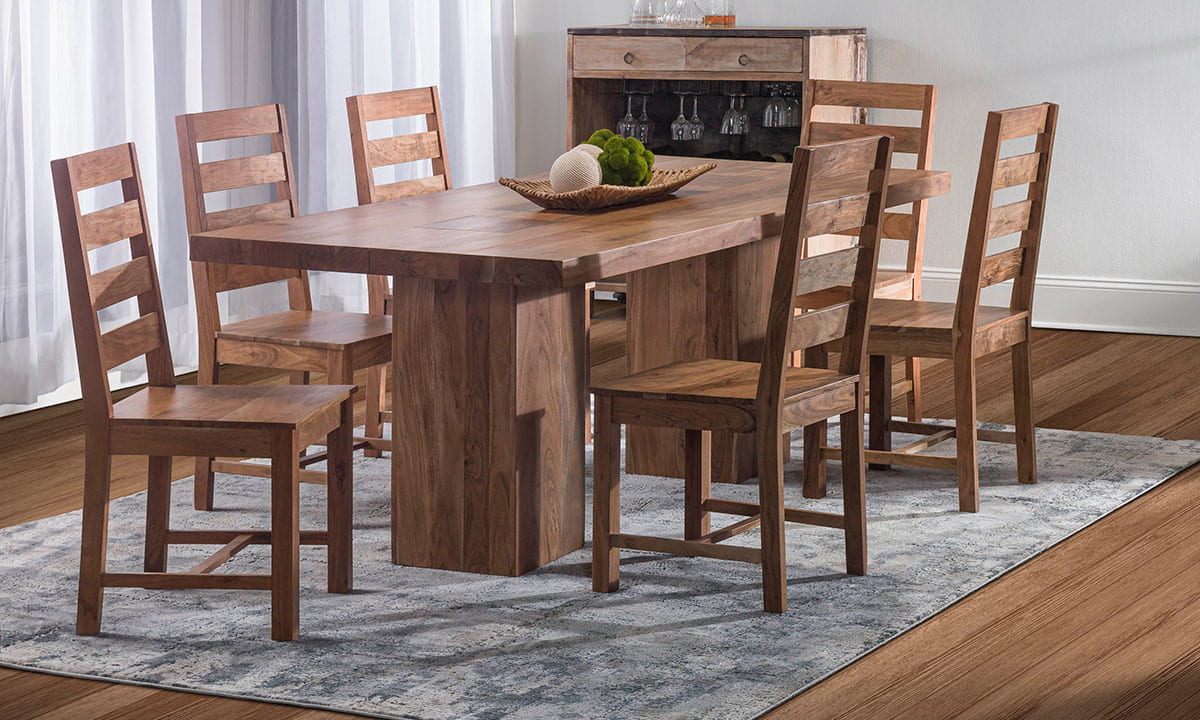
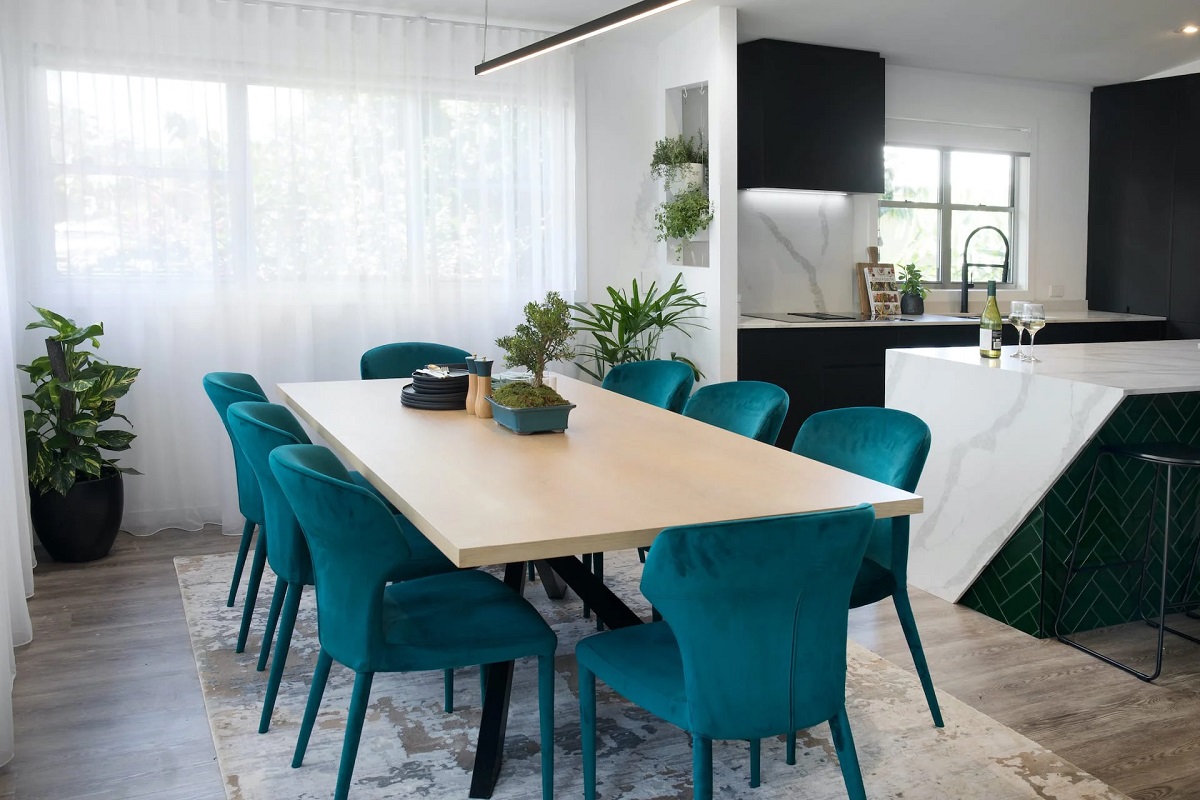
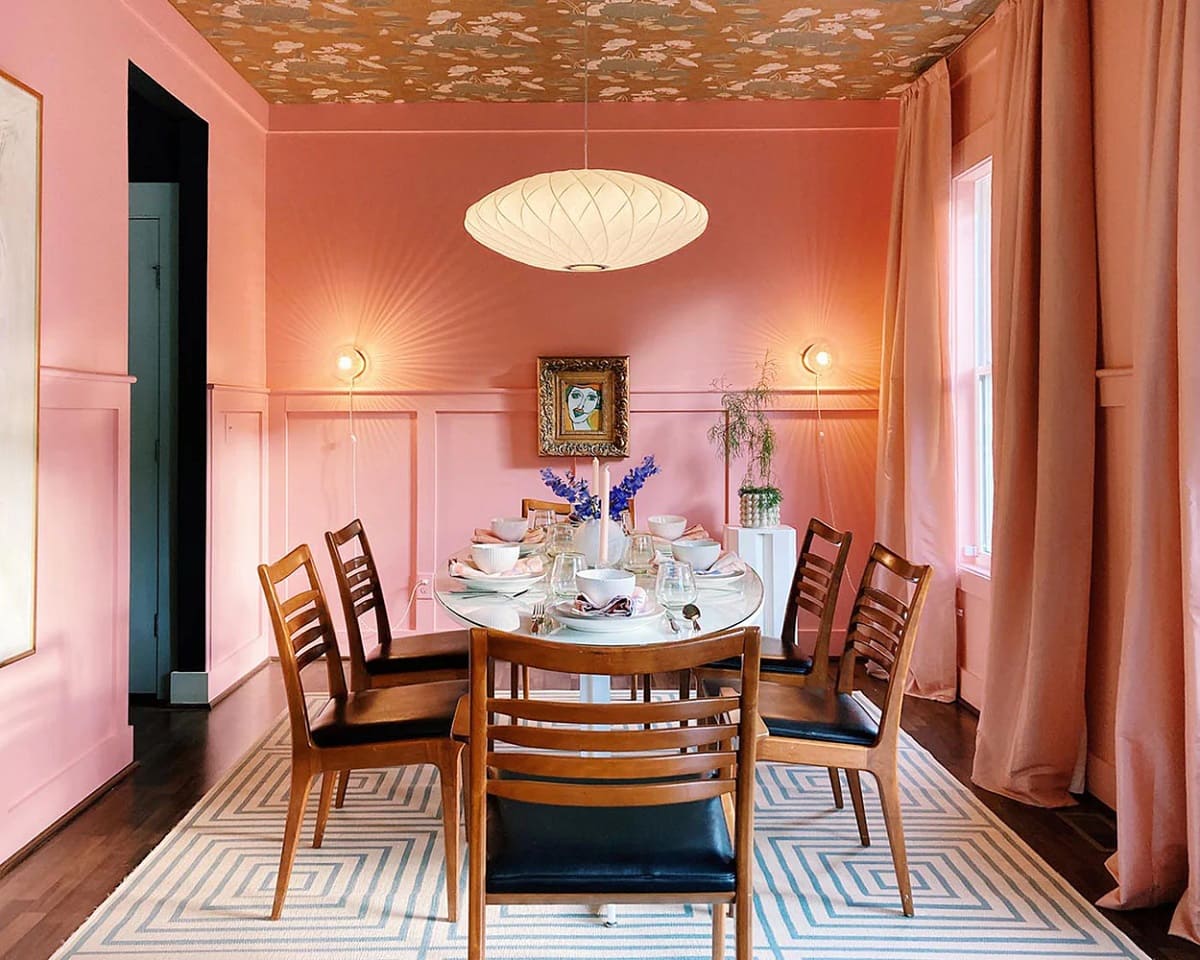
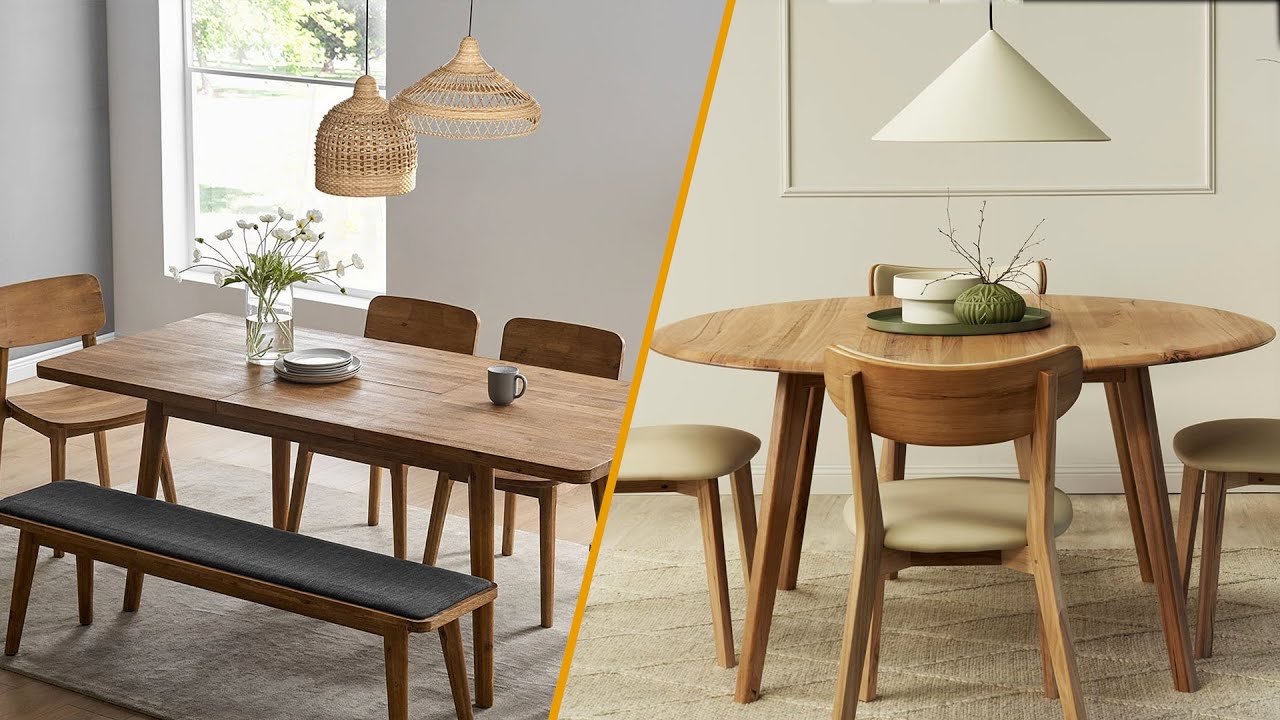
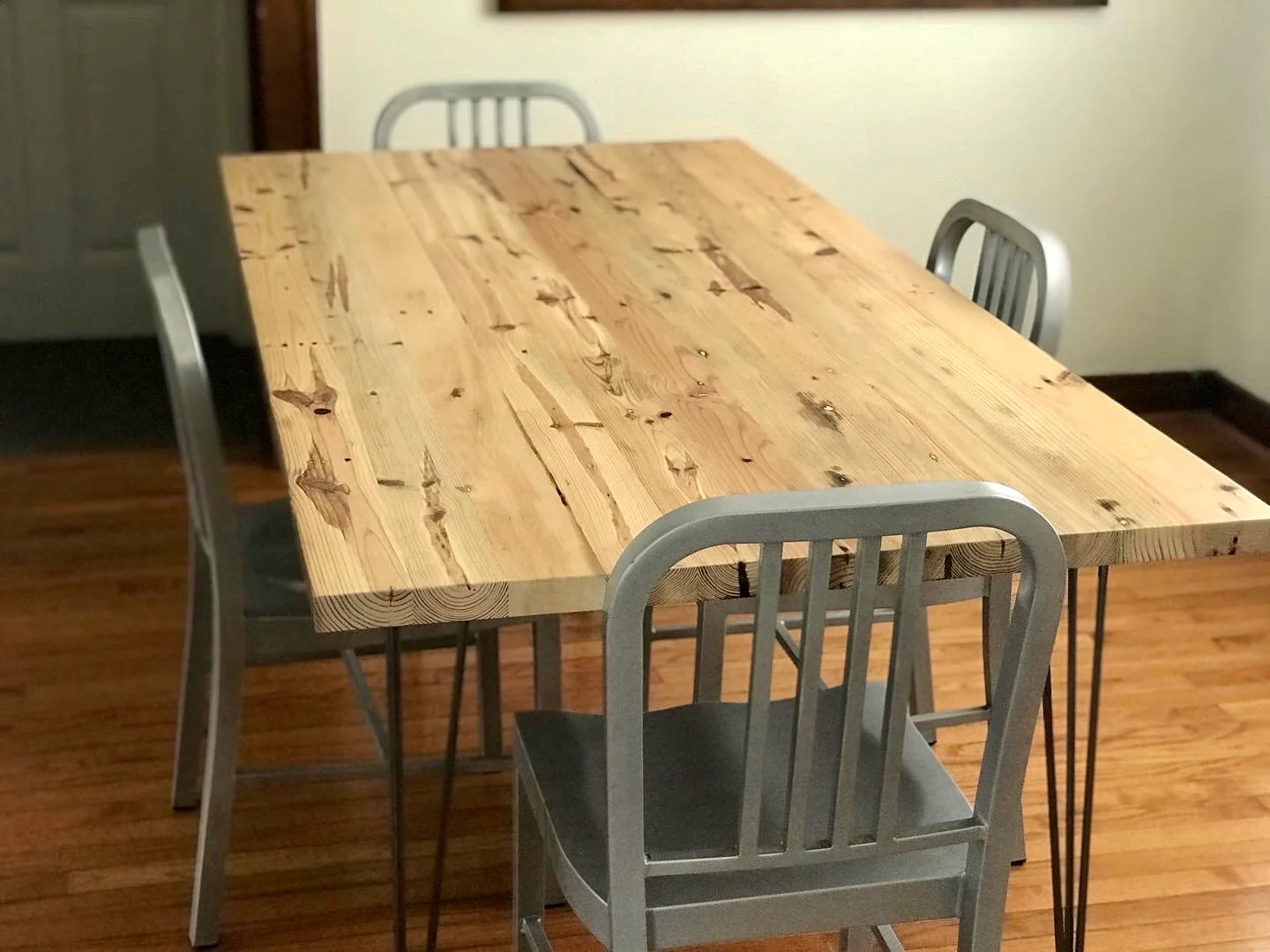
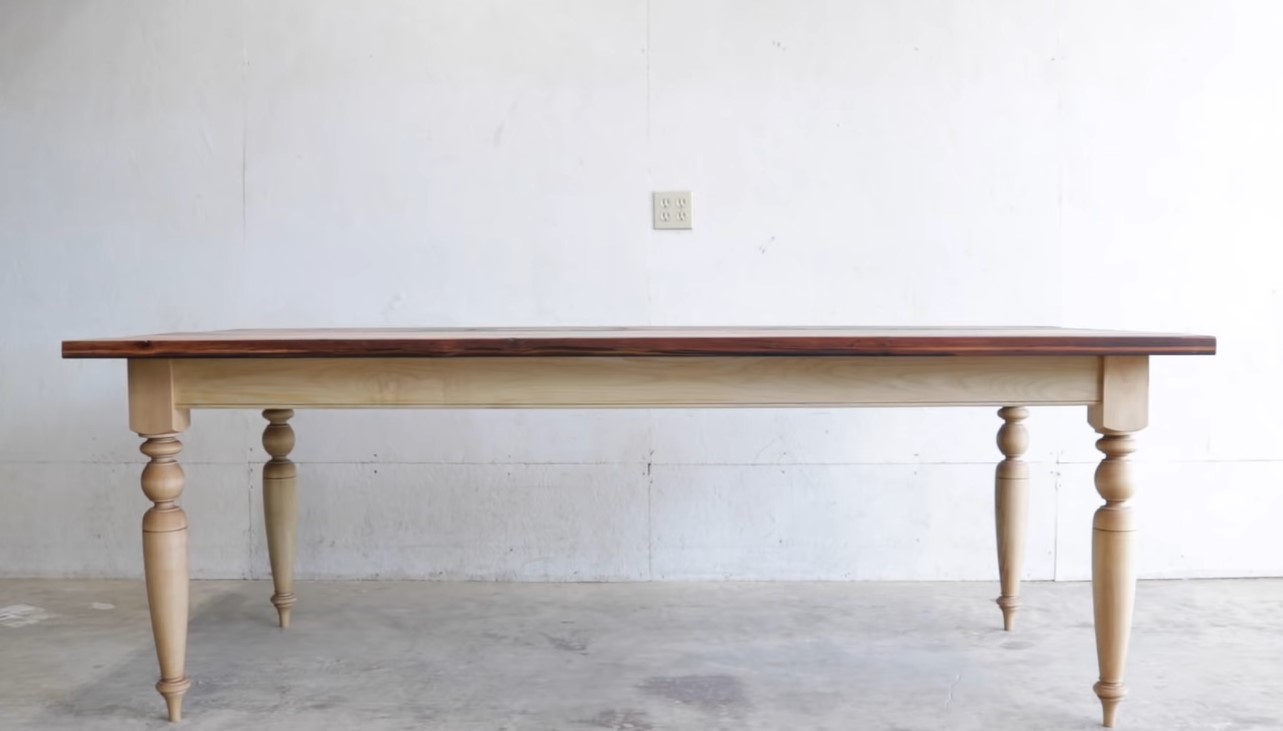
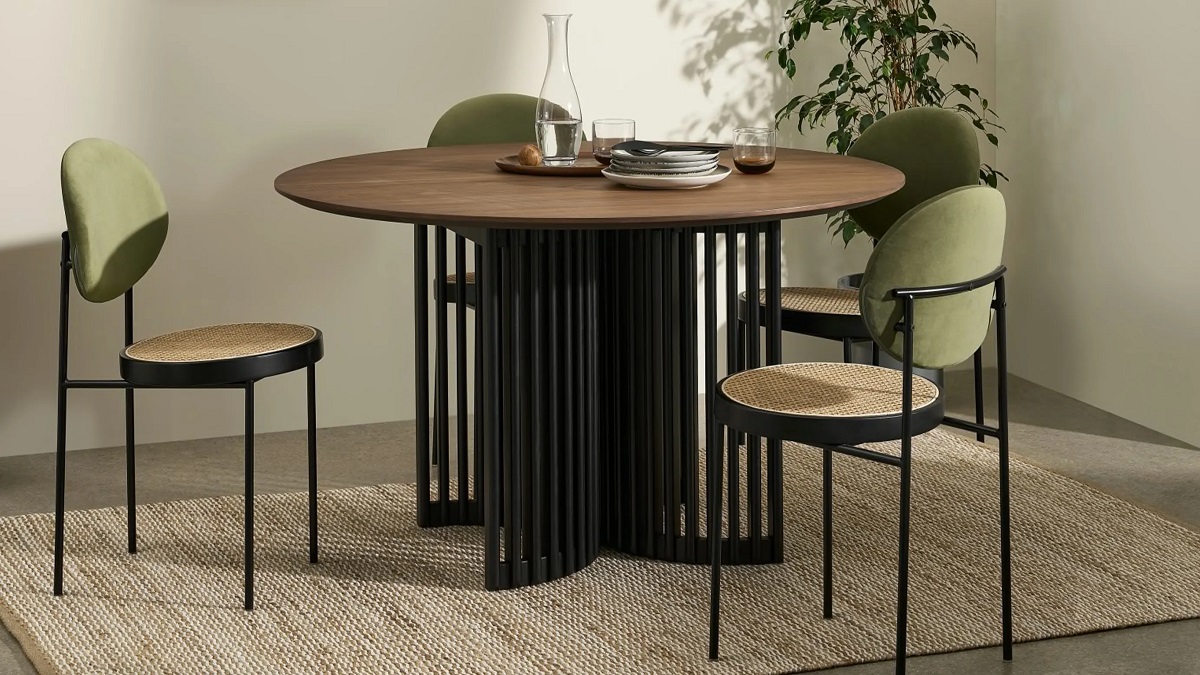
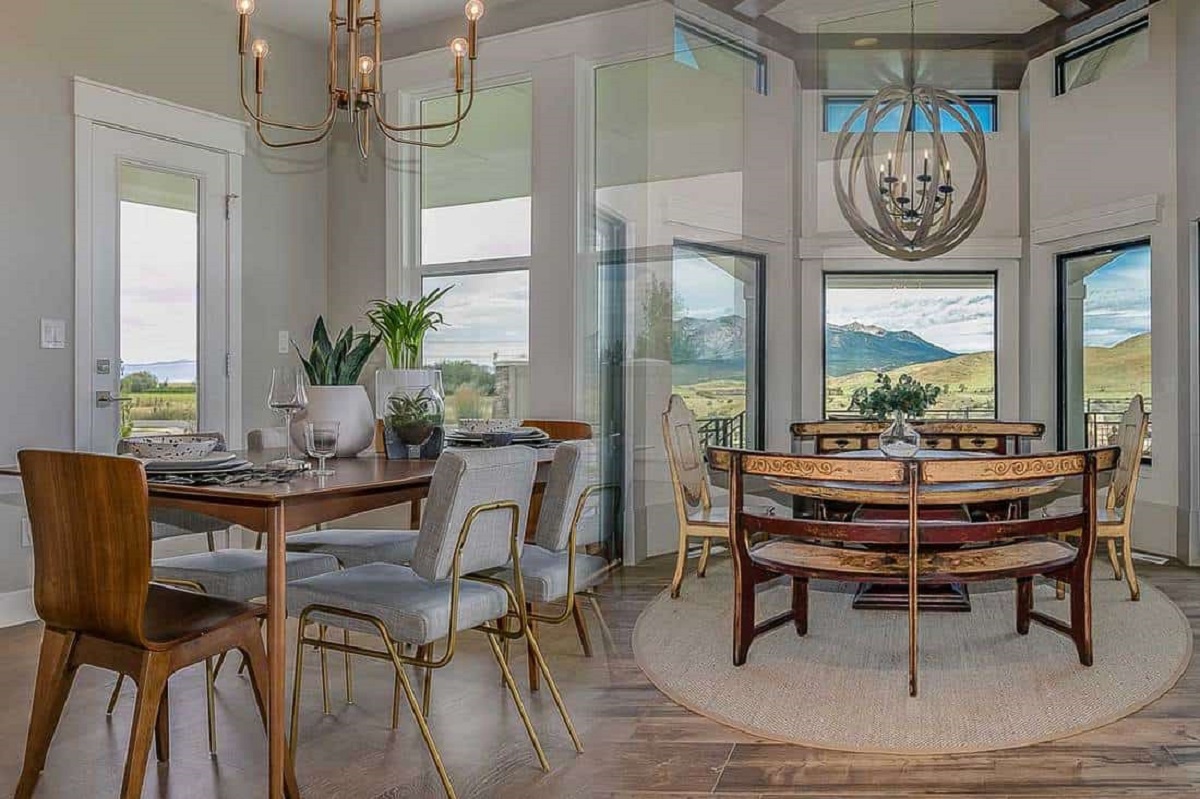
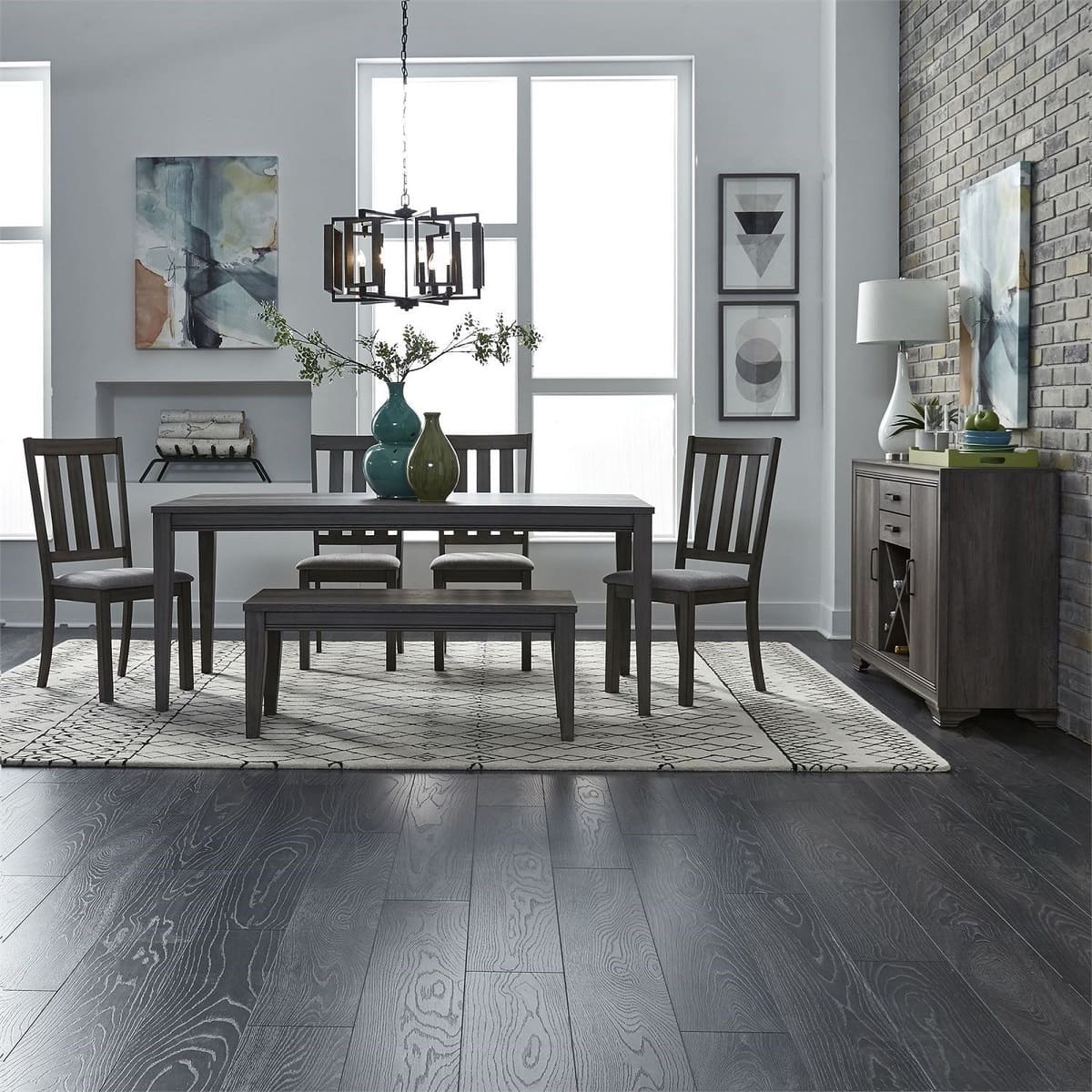
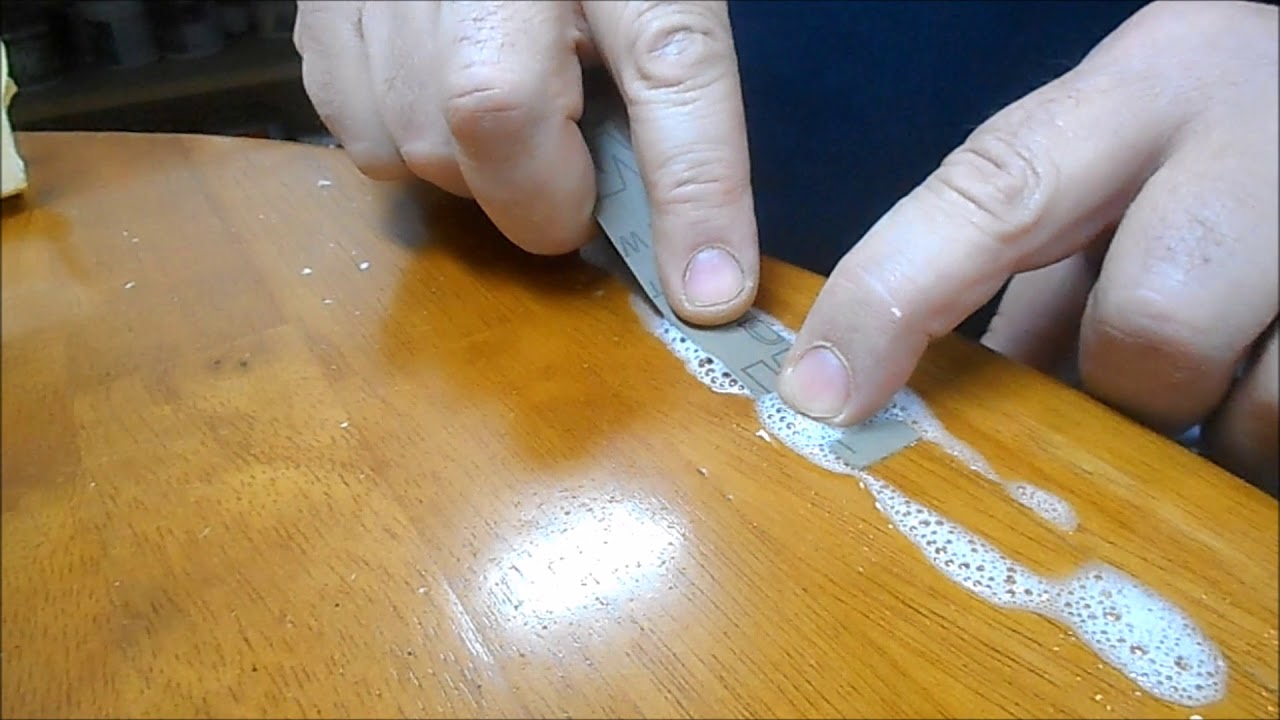
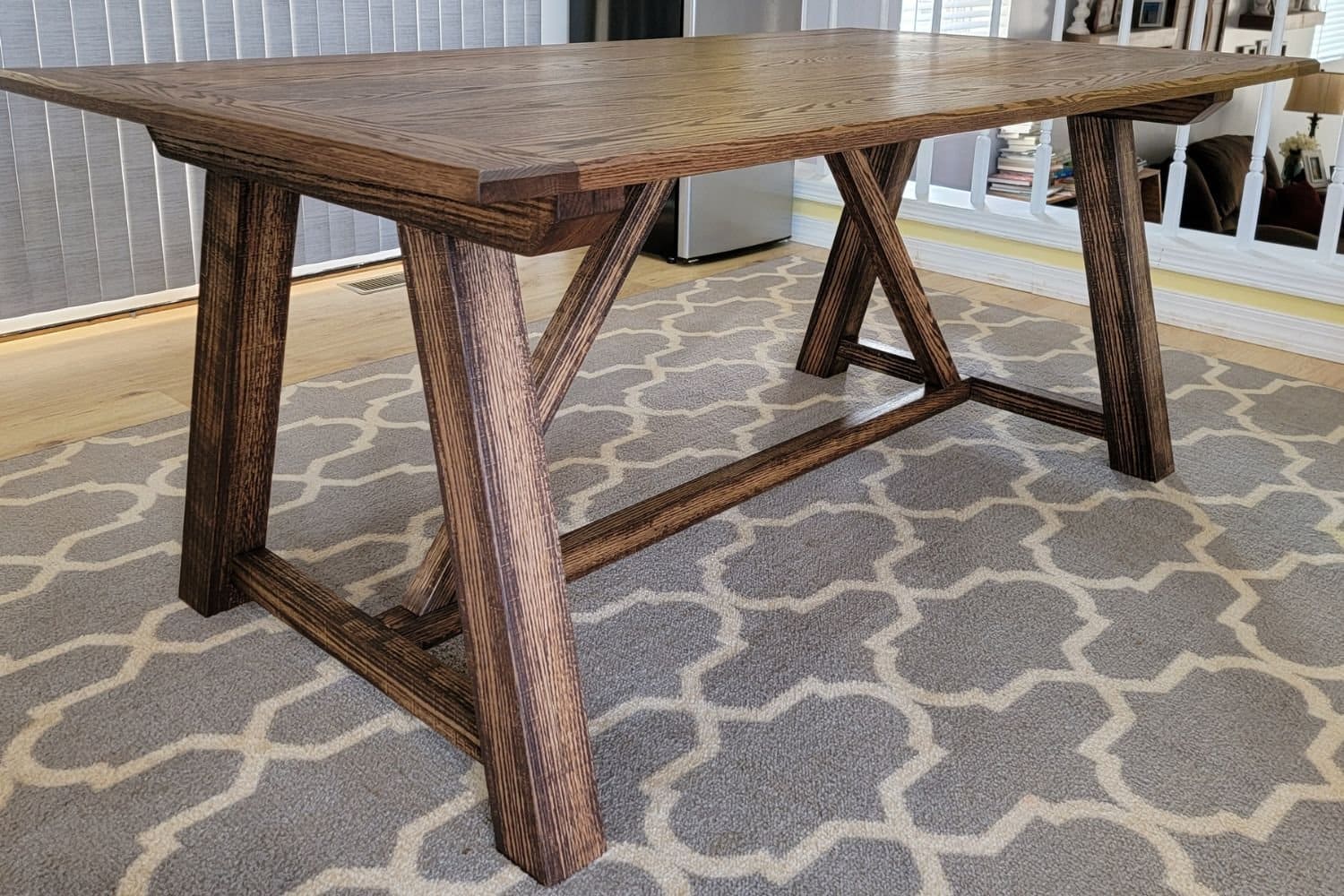
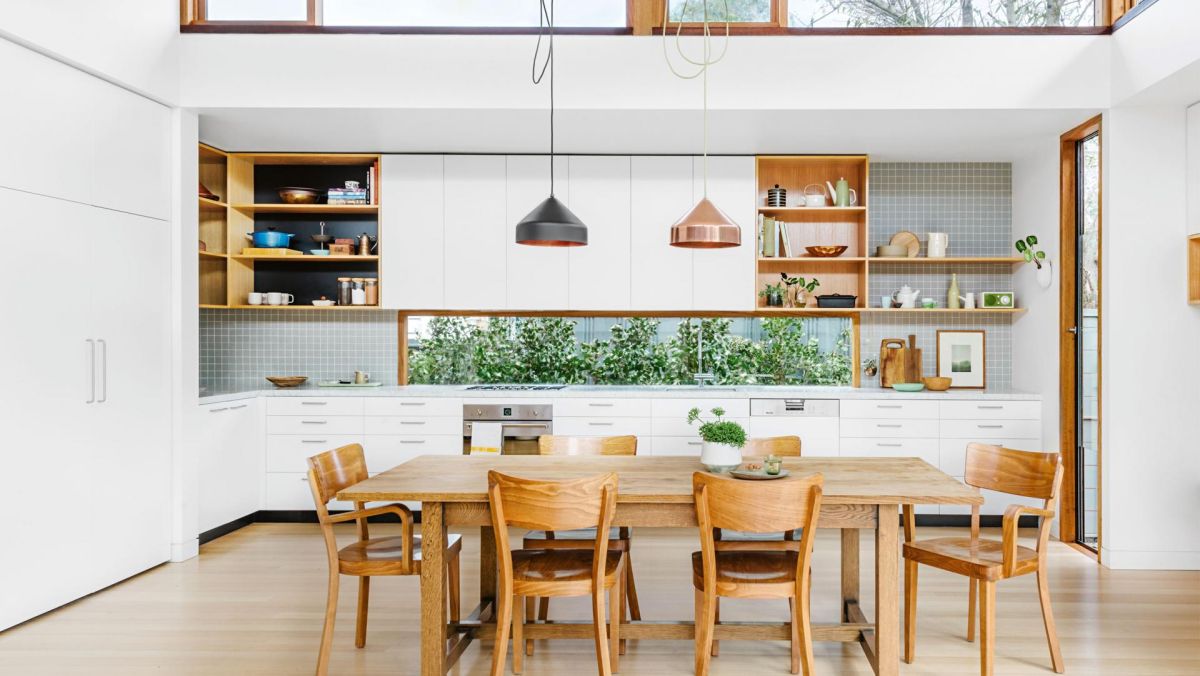

0 thoughts on “Which Wood Is Good For Dining Table?”